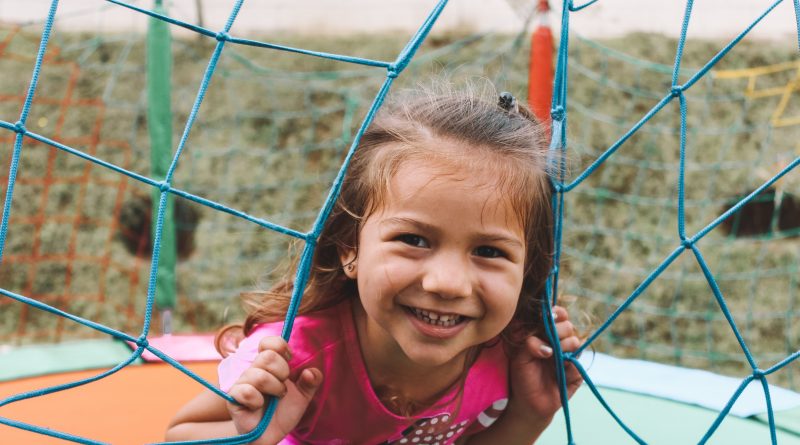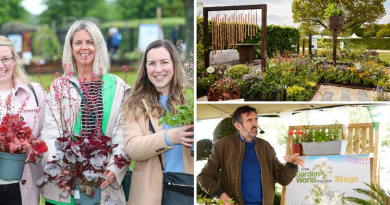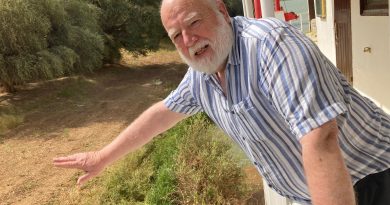The best playground equipment for primary schools
A well-designed playground equipment can play a pivotal role in the physical, social, and cognitive development of primary school children. With so many options available in the market, selecting the best playground equipment for your school can be a challenging task. This blog will discuss the most popular and effective equipment for primary school playgrounds that cater to the needs of the children and ensure their safety.
-
Swing Sets
Swing sets are a necessity of any playground, providing hours of entertainment and improving motor skills development in primary school children. Opt for sets with multiple swings, including regular seats and adaptive seats for children with special needs. Ensure that the swing set is made from high-quality, durable materials to withstand rough usage and weather conditions such as rain, winds or snow. A well-built swing set not only adds to the fun quotient of your playground but also fosters a sense of camaraderie among children as they take turns swinging.
-
Climbing Structures
Climbing structures, such as climbing walls and jungle gyms, are an excellent way to improve children’s physical strength and coordination. They challenge children’s problem-solving skills and encourage creativity. Select age-appropriate climbing structures that cater to different skill levels and ensure that they meet safety standards. To keep children engaged, incorporate different types of climbing walls like textured walls, inclined walls, and walls with various handholds and footholds.
-
Slides
Slides are a favourite among children, providing endless fun and thrills. They also help in building balance, coordination, and spatial awareness. Choose slides with varying heights and designs, such as spiral, wavy, or straight, to cater to different age groups and preferences. Opt for slides made from durable materials like stainless steel or high-density polyethylene, which offer low friction and reduced risk of injury.
-
Seesaws and Spring Riders
Seesaws and spring riders offer a unique way for children to develop their balance and coordination skills while having fun with their friends. Seesaws come in various designs, from traditional wooden ones to modern, rotating models that can accommodate multiple children. Spring riders, on the other hand, are standalone structures with a spring at the base and a themed seat on top, allowing children to bounce and rock. These can be found in various forms like horses, cars, or even mythical creatures, adding an element of fantasy to your playground.
-
Sand and Water Play
A sand and water play area can be a valuable addition to a primary school playground, stimulating children’s creativity, sensory skills, and social interaction. Provide a designated area with sandboxes, water tables, and various accessories like buckets, shovels, and moulds. To maintain hygiene and prevent the spread of germs, ensure that the sand is regularly cleaned and replaced, and water is drained and refilled.
-
Sensory Play Equipment
Sensory play equipment allows children to gain cognitive and motor skills while catering to their sensory needs. Incorporate tactile panels with different textures, shapes, and colours, musical instruments like outdoor xylophones and drums, and visual elements like kaleidoscopes and mirrors. These elements not only provide a rich sensory experience for all children but also support the development of children with special needs or sensory processing disorders.
-
Multi-Activity Play Structures
Multi-activity play structures combine various playground activities in one compact unit, making them a space-saving and cost-effective option. They typically include climbing walls, slides, tunnels, and bridges, and can be customised to suit your school’s specific needs and space constraints. These structures encourage children to explore and engage in different activities, promoting their physical, cognitive, and social development.
Outdoor classrooms and quiet zones in primary school playgrounds have grown in popularity in recent years, and for good reason. These spaces offer unique benefits that contribute to children’s overall development and well-being. By providing an alternative learning environment, outdoor classrooms stimulate students’ curiosity and help them form a stronger connection with nature.
This exposure to the natural world has been proven to enhance focus, creativity, and problem-solving skills. Furthermore, these spaces encourage hands-on, experiential learning, allowing children to engage in activities like gardening, nature observation, and environmental science projects. Quiet zones, on the other hand, offer a peaceful refuge for children who may feel overwhelmed by the hustle and bustle of the playground. These areas, often equipped with comfortable seating, shady spots, and calming sensory elements, provide a much-needed space for children to relax, reflect, and recharge. Integrating outdoor classrooms and quiet zones into primary school playgrounds not only enriches the learning experience but also promotes mental and emotional well-being, fostering a more inclusive and nurturing play environment.
The best playground equipment for primary schools should strike a balance between fun, safety, and educational value. By incorporating a variety of equipment like swing sets, climbing structures, slides, seesaws, spring riders, sand and water play areas, sensory play elements, multi-activity play structures, and outdoor classrooms, schools can create a holistic and inclusive play environment that caters to the diverse needs and interests of their students.
It is important to invest in high-quality, durable equipment that meets safety standards, ensuring that children can learn, grow, and have fun in a secure setting. Ultimately, a well-designed playground can significantly contribute to the physical, cognitive, and social development of primary school children, laying a strong foundation for their future growth and success.




